Have you ever wished you could step back in time? In the charming Italian town of Bevagna, that dream comes true every June during the Mercato delle Gaite festival. This remarkable medieval re-enactment transforms the entire town into a living museum of the period between 1250 and 1350.
The festival showcases artisans in period clothing demonstrating authentic crafts like paper-making. I first stumbled upon this hidden gem while wandering through Umbria last summer. The narrow streets buzzed with activity as locals fully embraced their medieval roles. What makes this festival truly special is how deeply the townspeople commit to historical accuracy.
The market scenes become the heart of the celebration, with craftspeople selling wares using traditional methods and materials.
Walking through Bevagna during the festival’s ten-day run feels like you’ve been transported through time. You can watch demonstrations of forgotten crafts, taste food prepared using medieval recipes, and even witness the recreation of political ceremonies from centuries past. If you’re planning an Italian adventure next June, this authentic medieval experience should absolutely be on your itinerary.
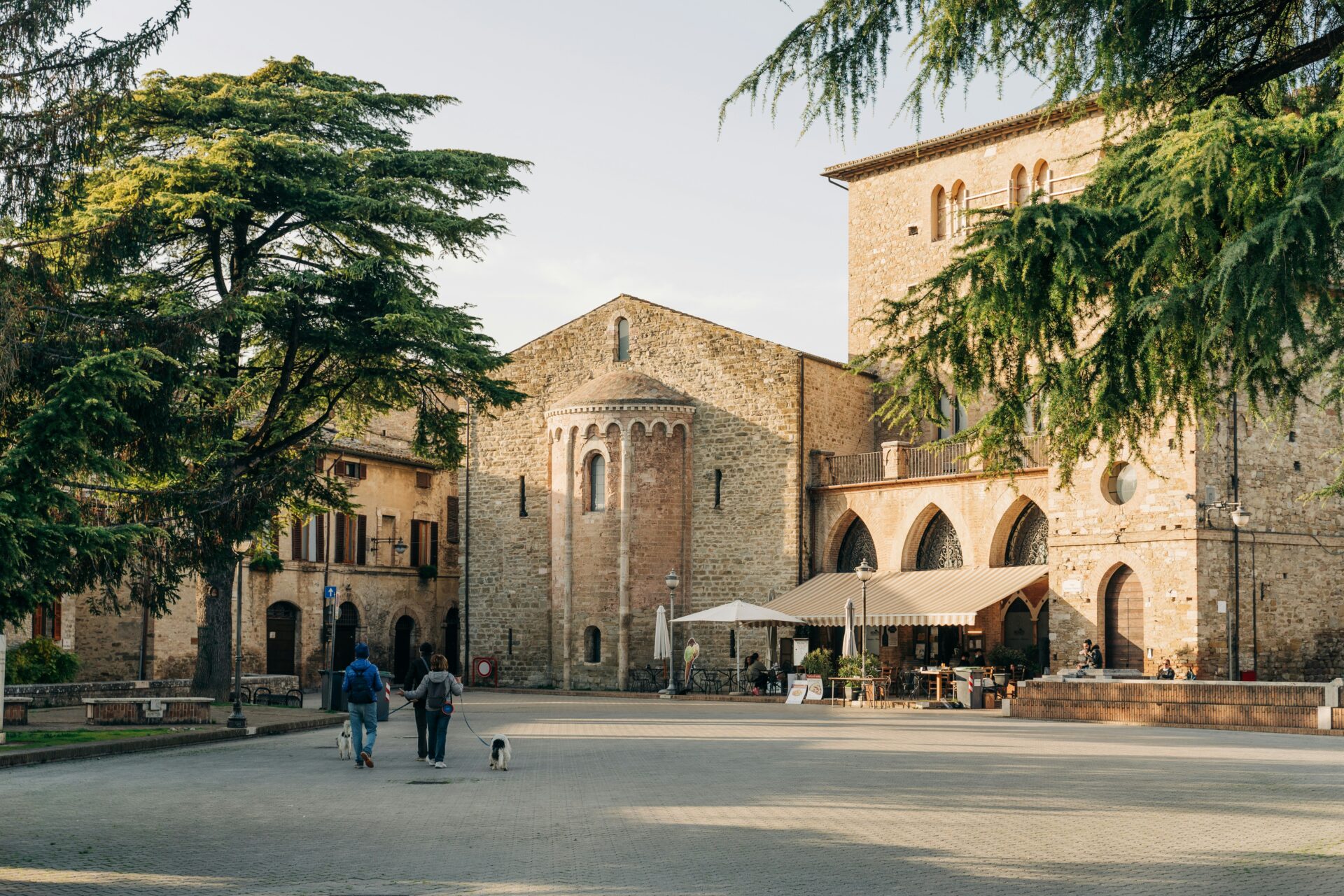
The Enchantment of Bevagna
Walking through Bevagna feels like stepping into a perfectly preserved medieval storybook. The ancient town captivates visitors with its authentic character, historical richness, and the magical atmosphere that permeates its stone streets.
Historical Overview
Bevagna’s roots stretch deep into Italy’s past, with origins as an Umbrian settlement before becoming the Roman town of Mevania. The town experienced its golden age between 1250 and 1350, the very period celebrated during the Mercato delle Gaite festival.
During medieval times, Bevagna was divided into four districts or “gaite,” each with its own character and trades. These historic quarters still form the backbone of the town today.
What fascinates me most about Bevagna is how deeply it honors its heritage. Unlike many modernized historic towns, Bevagna has preserved its medieval street plan, ancient walls, and numerous buildings from the 12th and 13th centuries.
The town’s rich history is visible in its Romanesque churches, the remains of a Roman theater, and the elegant Piazza Silvestri at its heart.

Geographical Splendor
Nestled in Umbria’s verdant heart, Bevagna sits on a gentle plain surrounded by rolling hills covered with olive groves and vineyards. The location is nothing short of idyllic.
The Topino River curves around part of the town, having historically provided water for artisan workshops and mills. I love how the landscape remains essentially unchanged from medieval times.
Umbria’s characteristic golden light bathes the ancient stone buildings, creating a warm, timeless atmosphere. The region’s fertile soil supports the excellent local cuisine that enriches the festival experience.
Just steps from the town walls, nature flourishes in a pastoral landscape that has inspired artists for centuries. The contrast between the stone town and the lush countryside creates a perfect balance.

The Festive Atmosphere
During the ten days of Mercato delle Gaite in late June, Bevagna transforms completely. The normally quiet town buzzes with energy as locals don period costumes and ancient crafts spring back to life.
The streets fill with the sounds of medieval music, the smells of traditional cooking, and the sights of artisans practicing forgotten trades. I’ve watched papermakers, blacksmiths, and wax chandlers work exactly as they would have centuries ago.
The crowds add to the magic rather than detract from it. Visitors become part of the living history, mingling with locals in a shared celebration of the past.
What strikes me most is the authentic community spirit. This isn’t a show put on for tourists—it’s a passionate celebration by people proud of their heritage. Families pass down traditions through generations, keeping medieval knowledge alive.
The evening taverns serve traditional food and wine by candlelight, creating an immersive experience that truly feels like time travel.

A Journey through Time
Visiting Bevagna’s Medieval Festival is like stepping through a portal to the 14th century. The cobblestone streets transform into a living history book where every corner reveals another chapter of medieval life.
Medieval Reenactments
I was completely transported when I first wandered into Bevagna during the festival. Each of the town’s four “Gaite” (districts) competes to create the most authentic medieval atmosphere. Local residents dress in period costumes, practicing forgotten trades with remarkable dedication.
Blacksmiths pound red-hot metal into tools while paper-makers create parchment using ancient techniques. The attention to historical detail reminds me of Renaissance paintings coming to life.
What impressed me most was the immersive theatrical performances. Actors portray daily medieval life scenarios—from justice courts to marriage ceremonies—in a way that makes you forget what century you’re in.
The medieval music floating through narrow alleys enhances the experience. Musicians play authentic instruments like lutes and recorders, creating melodies that might have entertained Italian nobles centuries ago.
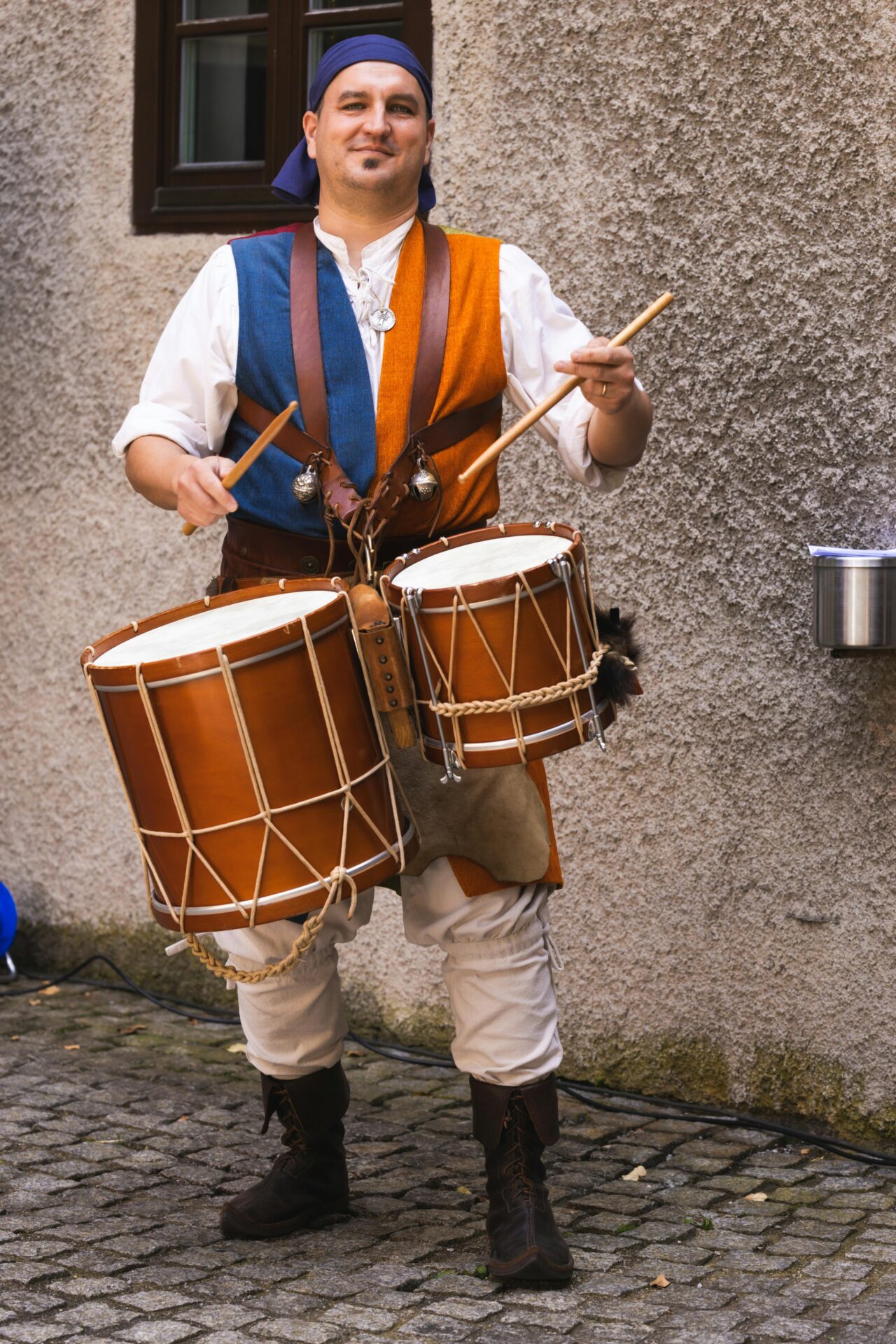
Authentic Market Experience
The marketplace forms the heart of Bevagna’s festival. Stalls line the streets selling goods made using only medieval methods and materials. I watched artisans weave fabrics on wooden looms and craft pottery without modern tools.
Food vendors prepare dishes using recipes documented in medieval literature. I tasted hearty stews, rustic breads, and herb-infused meats that offered flavors largely forgotten in modern Italian cuisine.
What makes this market special is its educational aspect. Each vendor explains the historical significance of their craft, connecting it to the broader cultural context of medieval Umbria.
Candle makers demonstrate how beeswax was transformed into light sources for Gothic cathedrals. Herbalists share knowledge of medicinal plants that formed the foundation of early medicine, long before the Medici family would later patronize scientific advancement.

Cultural Richness and Traditions
The festival celebrates the intellectual and artistic achievements of the medieval period. Inside Bevagna’s churches, I found exhibitions of reproduced illuminated manuscripts and religious art that highlight this era’s contribution to Italian art history.
Scholarly lectures explain how medieval thought laid groundwork for the Renaissance. These talks provide context for the crafts and activities happening throughout town.
The most moving experience was witnessing traditional religious processions. Participants carry banners and relics through town while singing hymns that have remained unchanged for centuries.
Children participate enthusiastically in medieval games and storytelling sessions. It’s heartwarming to see these traditions passed to new generations who might otherwise know this period only through textbooks.
This immersive celebration creates a profound connection to our shared past. Walking through Bevagna during the festival, I felt the weight of history not as something distant but as a living, breathing experience.
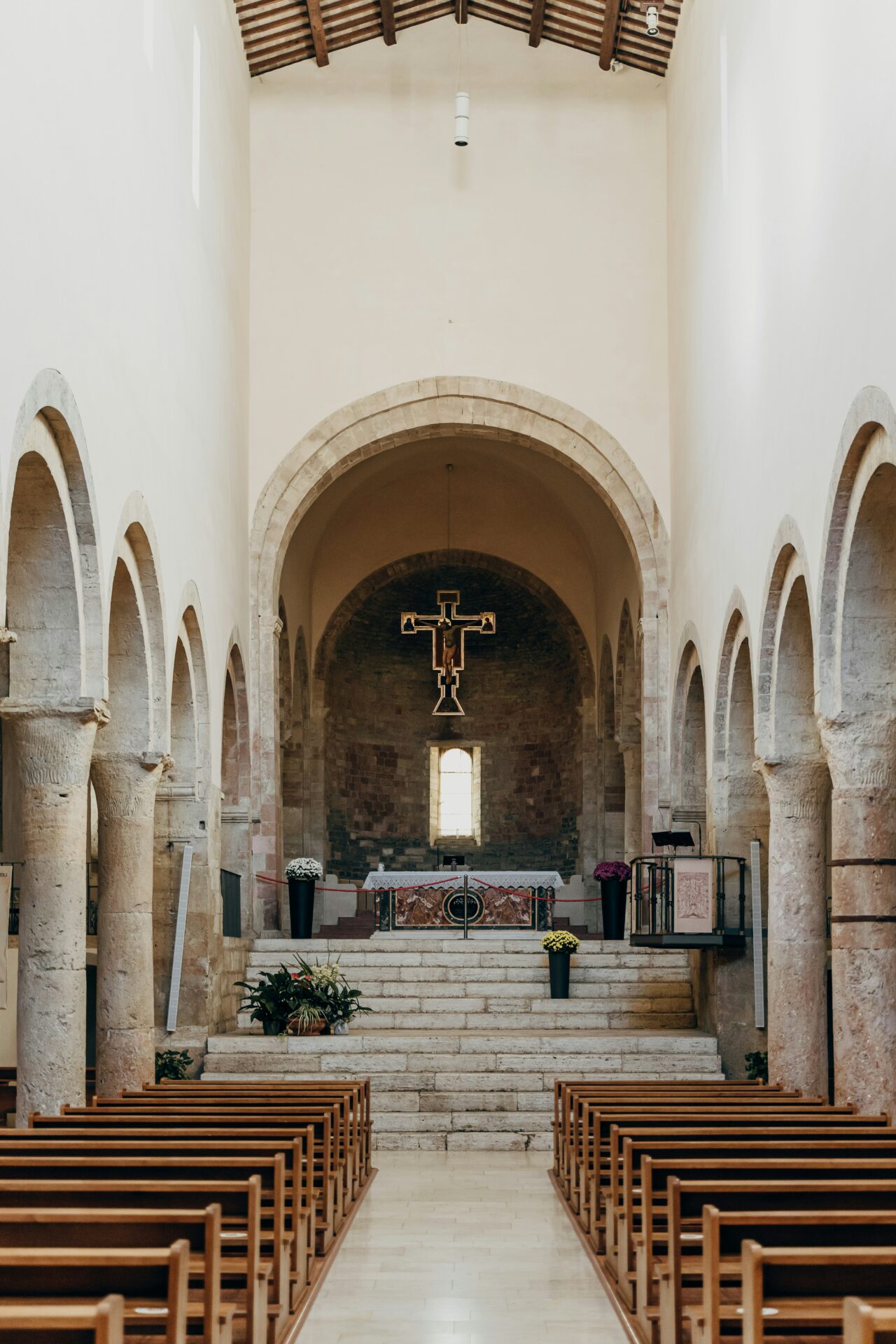
Culinary Delights and Local Craft
The Mercato delle Gaite transforms Bevagna into a feast for all senses, where ancient flavors and traditional craftsmanship come alive in spectacular fashion. The food and artisanal works transport visitors directly into medieval Umbria.
Savoring Umbrian Cuisine
The festival’s taverns serve authentic medieval recipes that I found surprisingly delicious despite their historical simplicity. Each gaita (district) operates its own tavern, competing to create the most authentic medieval dining experience.
I savored hearty stews made with local meats and herbs, paired perfectly with Montefalco wines from nearby vineyards. The robust Sagrantino di Montefalco, with its deep ruby color, complemented the rich flavors of slow-cooked dishes.
What impressed me most was how the dishes highlighted Umbria’s liquid gold – olive oil. The region’s fragrant olive oil appears in nearly everything, from bread dipping to finishing touches on grilled meats.
Local restaurants outside the festival grounds also support the event by offering special medieval-inspired menus. I recommend booking tables in advance as these fill quickly during the ten-day celebration.
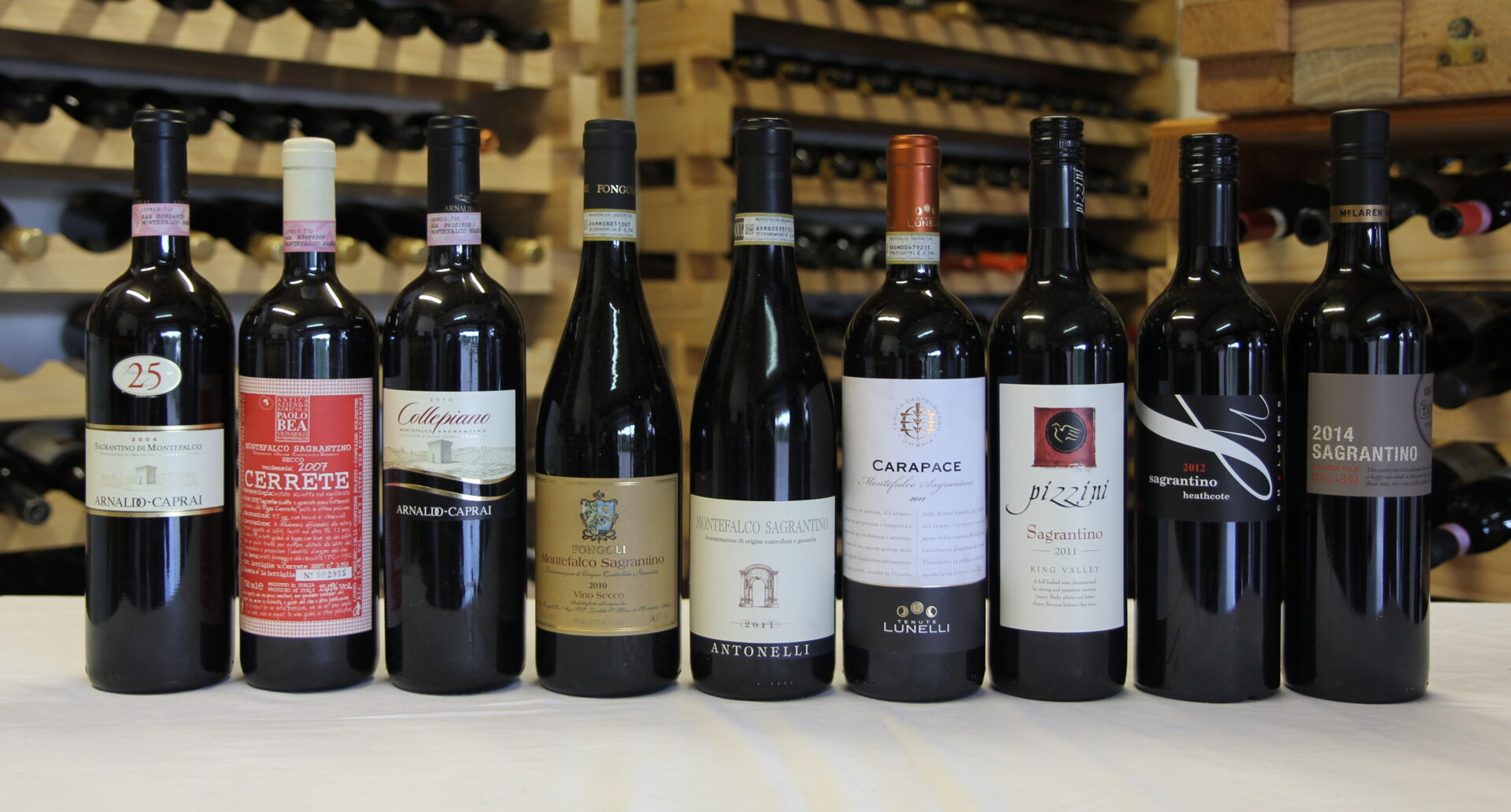
Artisanal Treasures
Walking through Bevagna during the festival, I discovered artisans practicing crafts using exactly the same techniques from 700 years ago. The attention to historical accuracy was remarkable.
The paper-making workshop fascinated me most. Craftsmen demonstrated the ancient art of creating parchment from rags, just as medieval monks once did. I watched as they transformed simple materials into beautiful sheets using wooden frames and clear water.
Other notable crafts included:
- Blacksmithing with traditional bellows and anvils
- Hand-dyeing fabrics using only plant-based colors
- Pottery wheel demonstrations creating earthenware vessels
- Silk processing from worm to finished thread
Many artisans offer workshops where visitors can try these ancient techniques. I tried my hand at candle making, creating a beeswax taper using medieval molds. The experience gave me newfound appreciation for the skill these crafts require.

Exploring Surrounding Wonders
While Bevagna’s medieval festival is a highlight, the surrounding Umbrian landscape offers equally enchanting experiences. The nearby towns and natural areas create perfect day trips for festival-goers looking to extend their medieval adventure.
Neighboring Towns of Note
Just a short drive from Bevagna sits Spello, a flower-filled hilltown where ancient stone buildings glow pink in the sunset. I wandered its narrow alleys lined with colorful flower pots and discovered Roman gates that have stood for centuries.
Trevi clings dramatically to a hillside above olive groves. The town’s medieval center feels like a natural extension of Bevagna’s festival atmosphere, with its own ancient traditions and remarkably preserved architecture.
Spoleto surprised me with its impressive aqueduct and fortress. The town hosts the famous Festival dei Due Mondi (Festival of Two Worlds) in summer, making it a perfect pairing with Bevagna’s medieval celebrations.
Don’t miss Orvieto, perched atop volcanic rock. Its magnificent cathedral features some of Italy’s most beautiful frescoes and Gothic architecture that will take your breath away.
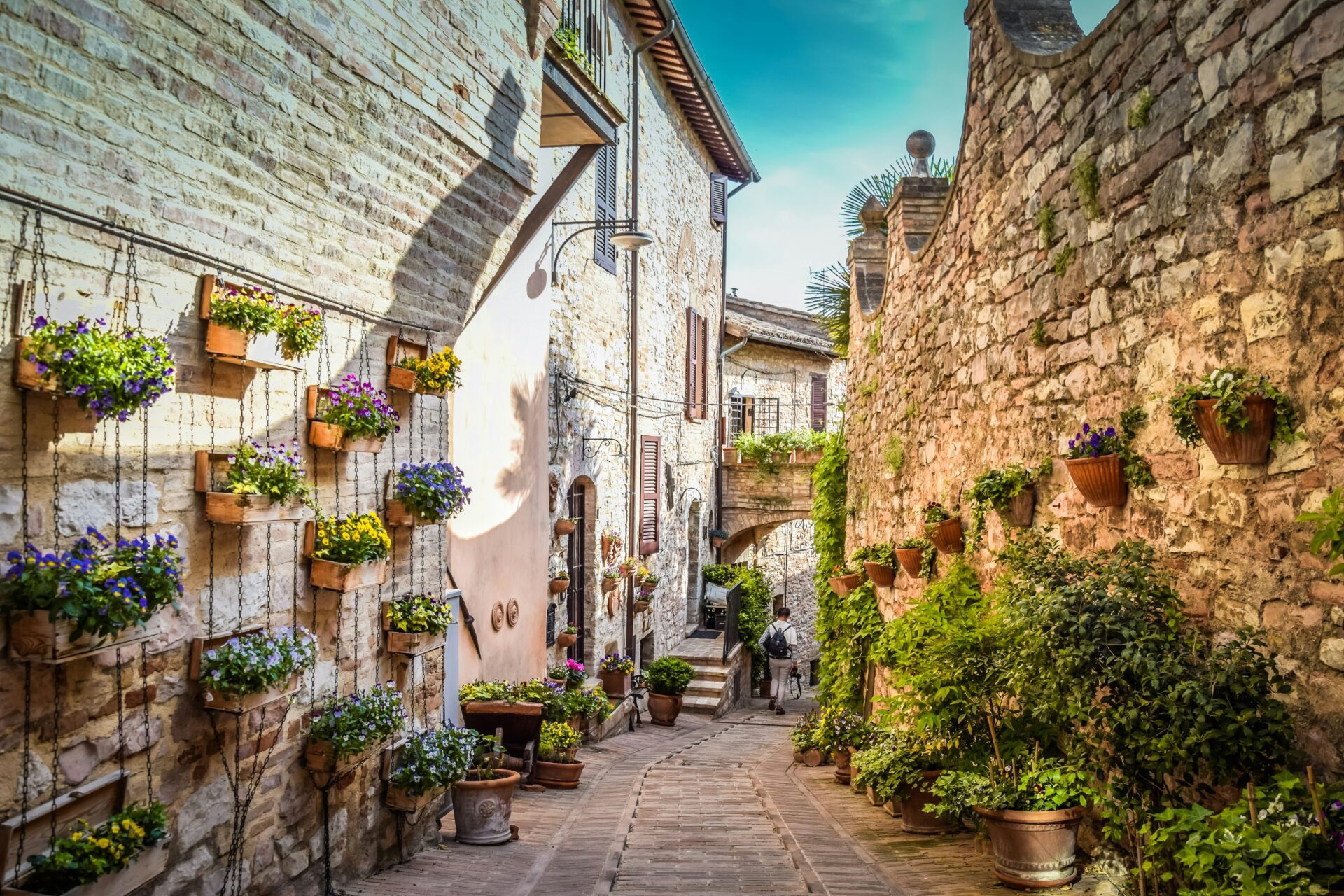
Nature’s Escape
The forests surrounding Bevagna offer peaceful retreats after busy festival days. I hiked through oak and chestnut woods where the only sounds were birdsong and rustling leaves.
The Monti Sibillini National Park lies within day-trip distance. Its dramatic mountain landscapes and wildflower meadows provide a stunning contrast to the medieval townscapes.
Local olive groves and vineyards connect visitors to the agricultural traditions that have sustained this region for centuries. Many offer tours where you can sample organic olive oils and wines produced using methods passed down through generations.
For a truly special experience, try the hiking trails that connect many of these small towns. Walking between Bevagna and Spello along ancient paths gives you a deeper appreciation for the landscape that shaped local medieval life.
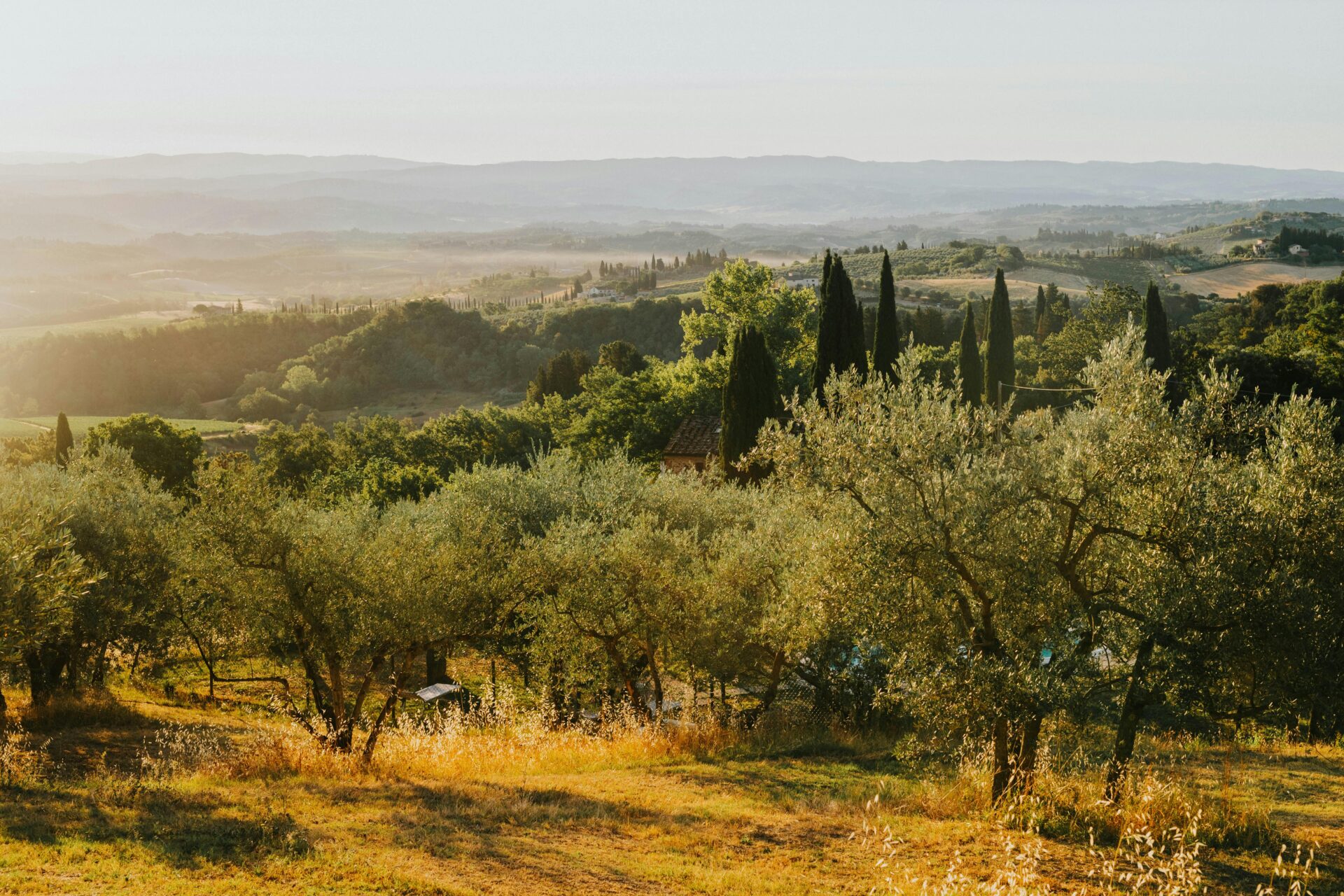
Artistic and Literary Impact
Bevagna’s Medieval Festival has profoundly shaped artistic expression and literary works throughout Italy and beyond. The authentic recreation of 14th-century life has inspired countless creators to explore themes of history, craftsmanship, and the human connection to the past.
Influence on the Arts
Walking through the festival, I’m always struck by how many artists I see sketching the scenes or photographing the craftspeople at work. Local art galleries often display works directly influenced by the festival’s authentic medieval atmosphere.
The revival of ancient crafts has sparked a renaissance in traditional artisan techniques that were nearly forgotten. Many contemporary Italian artists have incorporated these methods into their modern works, creating a fascinating blend of old and new.
The festival’s personification of historical figures brings the past to life in a way that’s particularly inspiring for visual artists. I’ve watched painters capture the dualism between modern visitors and medieval craftspeople, creating powerful visual commentaries on how we relate to history.
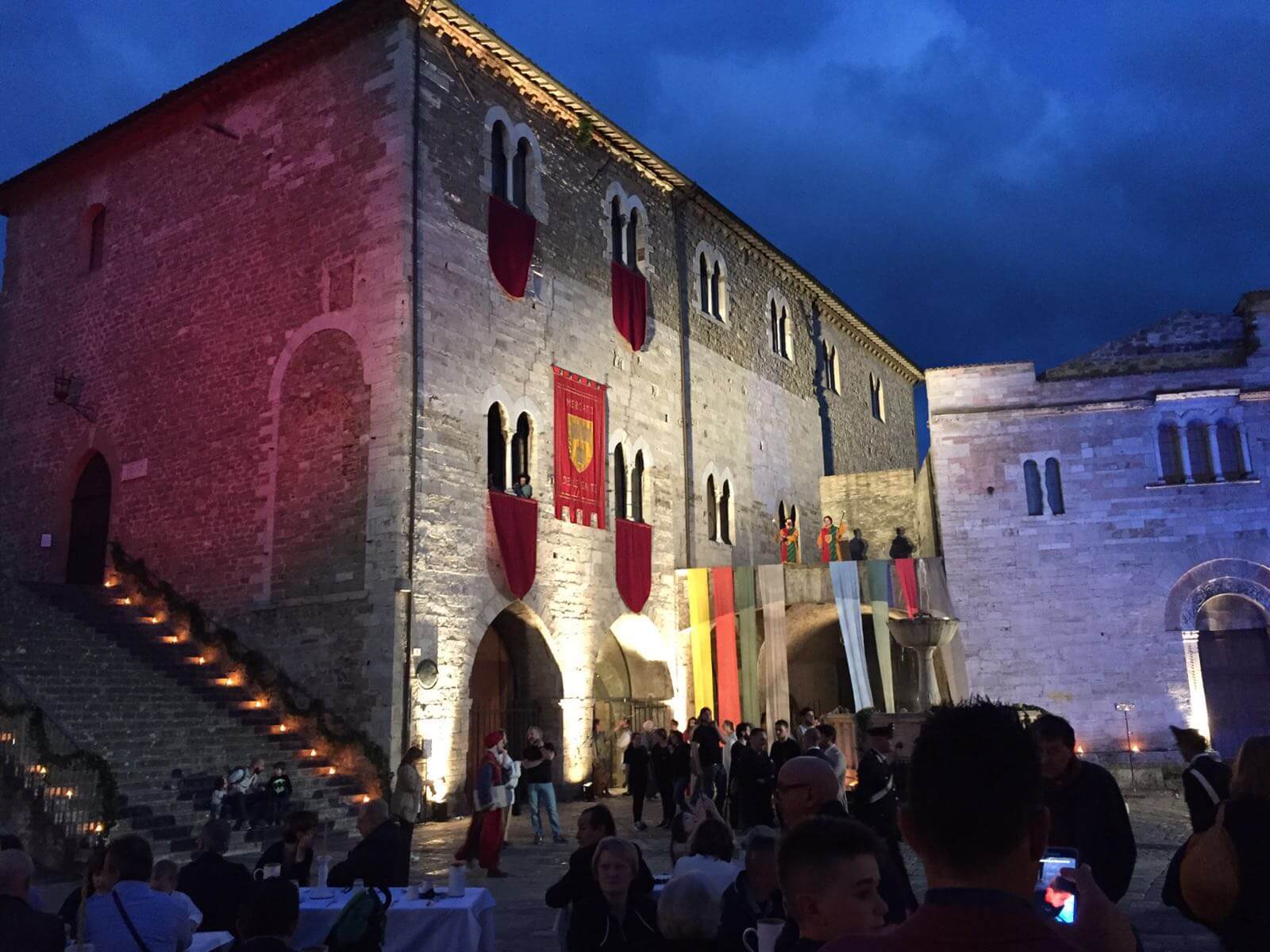
Legacy in Literature
Petrarch, one of Italy’s most celebrated poets, wrote extensively about medieval Italian life. He would surely have recognized many scenes from today’s festival. His works help modern writers understand the historical context that Bevagna so carefully recreates.
The festival has inspired numerous contemporary writers in both Italian literature and English literature. I’ve browsed bookshops in Umbria filled with novels set against the backdrop of medieval festivals like Bevagna’s.
Travel writers frequently document the festival. Fiction authors also draw inspiration from it. Several mystery novels use the festival as a setting, playing with the contrast between modern crime-solving and medieval surroundings.
Many writers appreciate how the festival brings ancient texts to life. Seeing actual demonstrations of crafts described in medieval literature helps modern readers connect with these historical works in meaningful ways.

